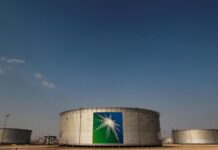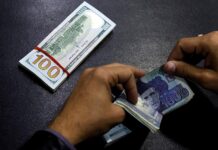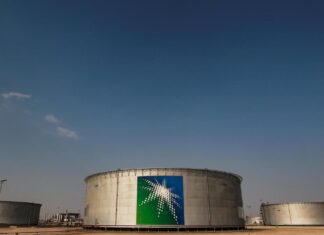Pakistan recorded a notable 35 percent increase in its foreign direct investment (FDI), reaching $863 million in the first half of the fiscal year 2023/24.
This growth was largely fueled by significant investments in December and considerable inflows from Hong Kong and the Netherlands, according to recent data from the State Bank of Pakistan (SBP).
In December alone, FDI inflows surged to $211 million, a substantial rise from $33.1 million in the same month the previous year, marking a 540 percent increase.
SBP data highlighted a 61 percent growth in investments from Hong Kong, totaling $191 million from July to December in FY2024.
However, Chinese investments, which form a significant portion of Pakistan’s FDI, saw a 12 percent decline, amounting to $293 million.
The Netherlands also showed increased interest in Pakistan, with investments of $69 million during the same period, up from $7 million a year earlier.
The oil and gas exploration industry benefited from an 84 percent increase in FDI, receiving $130 million in the first half of the fiscal year.
In contrast, the power sector experienced a slight decline of 1 percent, securing $434 million in investments.
Despite a dip in the financial sector, with an 8 percent decrease to $91 million, analysts remain optimistic about the future of FDI in Pakistan.
They attribute this positive outlook to restored global confidence in Pakistan’s economy and the acceleration of the privatisation of state-owned enterprises.
The confirmation of a $3 billion short-term bailout package from the International Monetary Fund in July has been instrumental in improving Pakistan’s external sector outlook.
However, challenges persist in attracting foreign investment due to reputational concerns and increasing competition from advanced economies, like the US and China, in manufacturing investment.
Investors are also showing a preference for more stable economies, such as India, in line with their geopolitical strategies.
The World Bank’s latest report cautions that upcoming elections could create uncertainty, potentially affecting foreign investment in South Asian countries, including Pakistan.
The report suggests that foreign investment levels may remain low, with limited access to external commercial borrowing for the government. It also predicts high gross financing needs, leading to a continued increase in domestic debt and associated risks to fiscal and debt sustainability.
























